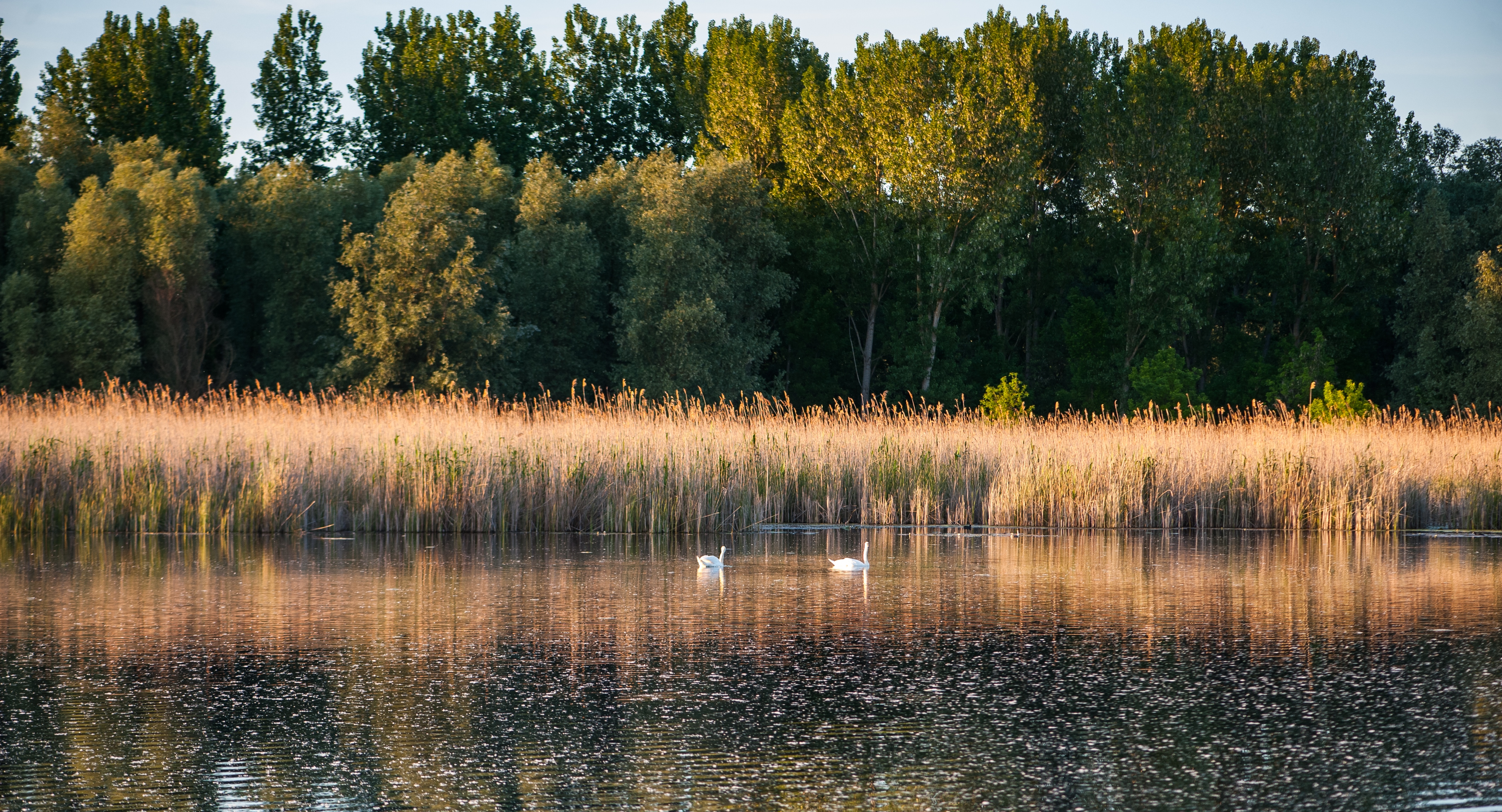The International Convention for the Regulation of Whaling was signed in 1946 for the reasons below (cited from the text of the Convention) :
The Convention includes a legally binding Schedule which, amongst other things, sets out catch limits for commercial and aboriginal subsistence whaling. The Schedule is an integral part of the Convention, but its provisions, for example catch limits, may be amended by the International Whaling Commission (IWC). In practice, amendments to the Schedule are almost always agreed at the biennial meetings of the IWC.
The International Whaling Commission was established in 1946 as the global body responsible for management of whaling and conservation of whales. It is an inter-governmental organisation with a current membership of 88 governments from all over the world.
The legal framework of the IWC is the International Convention for the Regulation of Whaling. This Convention established the Commission and is one of the first pieces of international legislation to include a conservation mandate. All member governments of the IWC are signatories to this Convention.
About whaling:
The Convention recognises three different types of whaling: commercial, aboriginal subsistence and special permit (also known as scientific) whaling. Following considerable debate, a commercial whaling moratorium was adopted in 1982 and came into full force in 1986. The Commission continues to regulate Aboriginal Subsistence Whaling which is conducted by indigenous communities, often in remote parts of the world. Regulation of aboriginal whaling has always been a core responsibility of the Commission and remains so today. It recognises nutritional and cultural needs, and is underpinned by a rigorous scientific process. The Convention contains a separate category of special permit whaling for scientific research purposes. Special permit whaling is not regulated by the Commission but by national governments, although none currently undertake this type of whaling.
Conservation
The second half of the Commission's mandate is to conserve whales. This work has evolved in response to the changing and growing threats to cetaceans and other marine species. Today, the Commission is engaged in a wide range of programmes to understand and address threats including bycatch and entanglement, ship strikes, ocean noise, debris and pollution, disease and climate change. The Commission also holds international training workshops on safe and effective responses to entanglement and stranding.
Official website of IWC: https://iwc.int/en/

 >
>